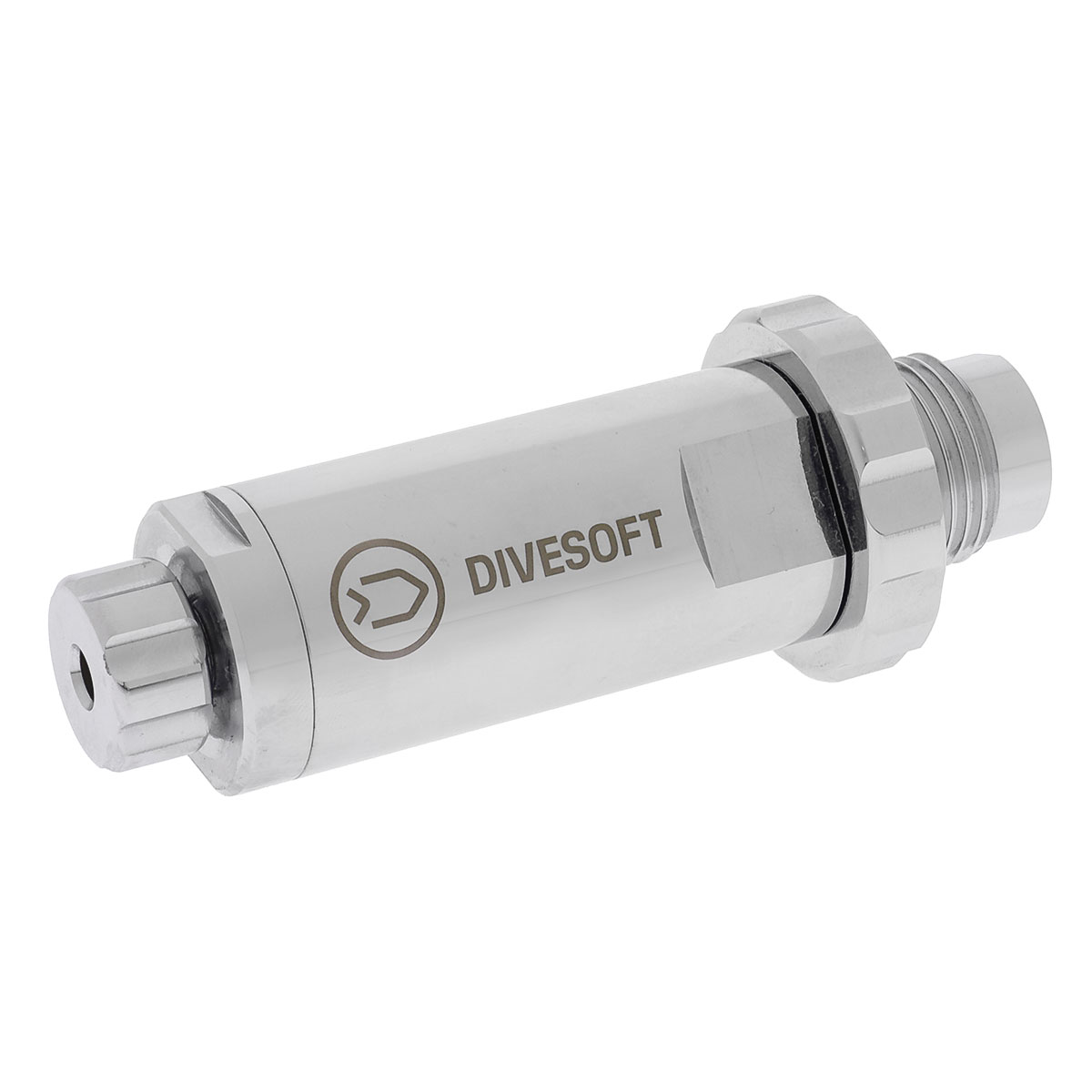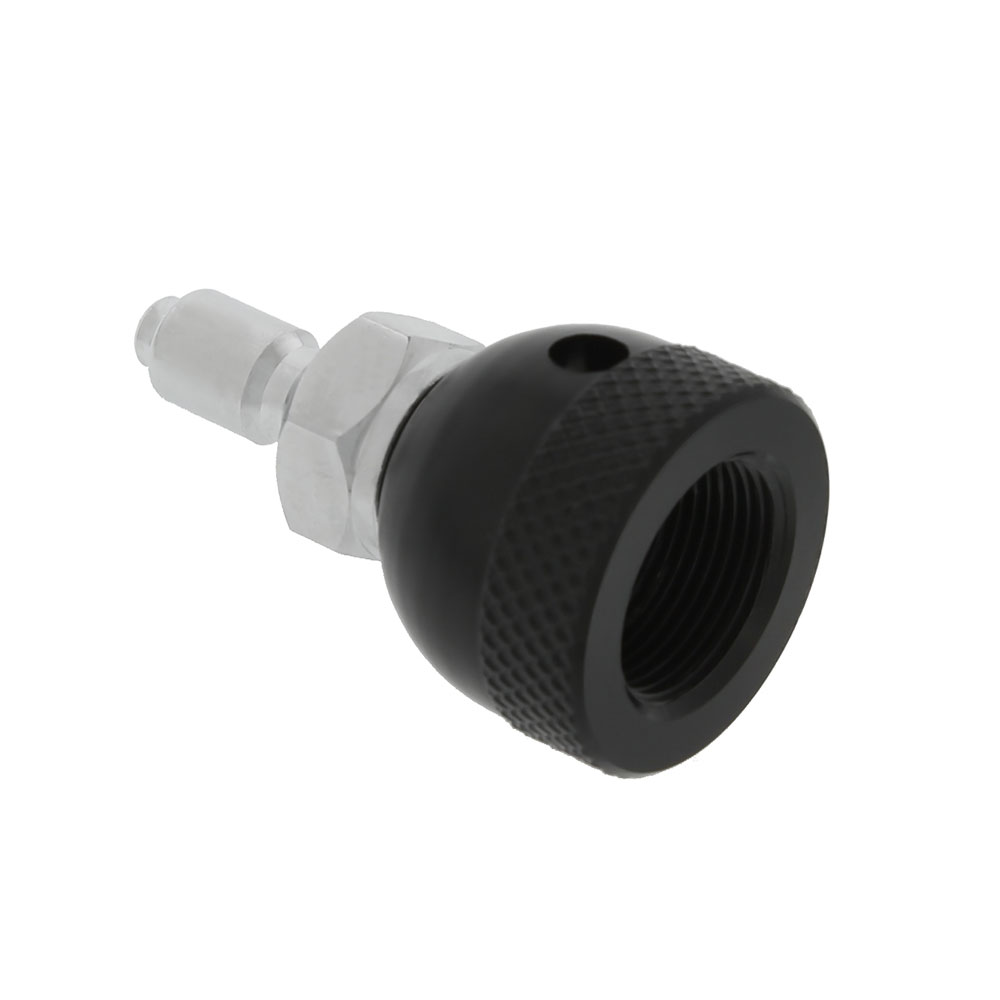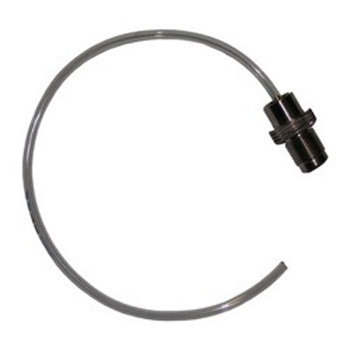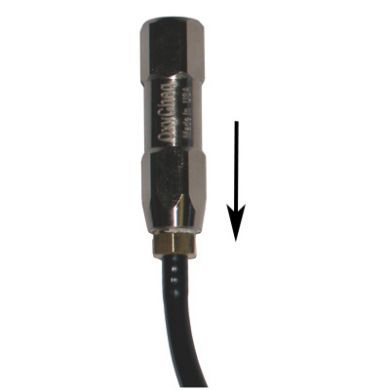NICE !! I hadn't seen that Palm idea before here,,Thanks!. #LuvSBinfo's
I do not have a Palm analyzer but the fitting I linked screws right onto my O2 sensor that goes with my Miniox III. I believe the threads are 16 x 1.
I dream to one day get the HP flow limiter and install it inline with the fill station.. but that's too rich for my blood, lol;

Divesoft Professional Flow Limiter MK2 DIN G/58
The Professional flow limiter Mk2 is equipped with a regulator that reduces the gas to flow at a constant 0.2 L/min rate at 10 bar regardless of the cylinder pressure.






